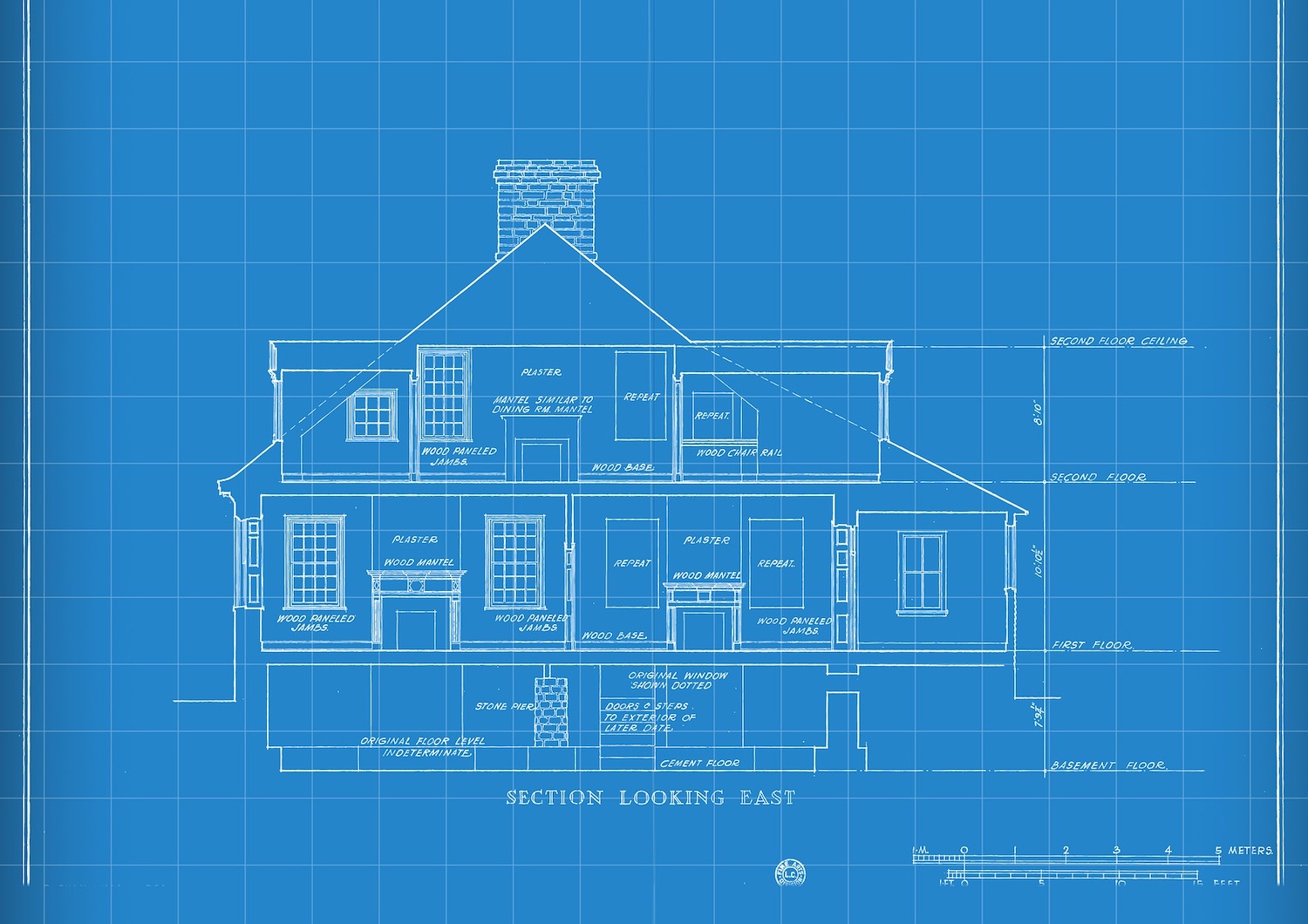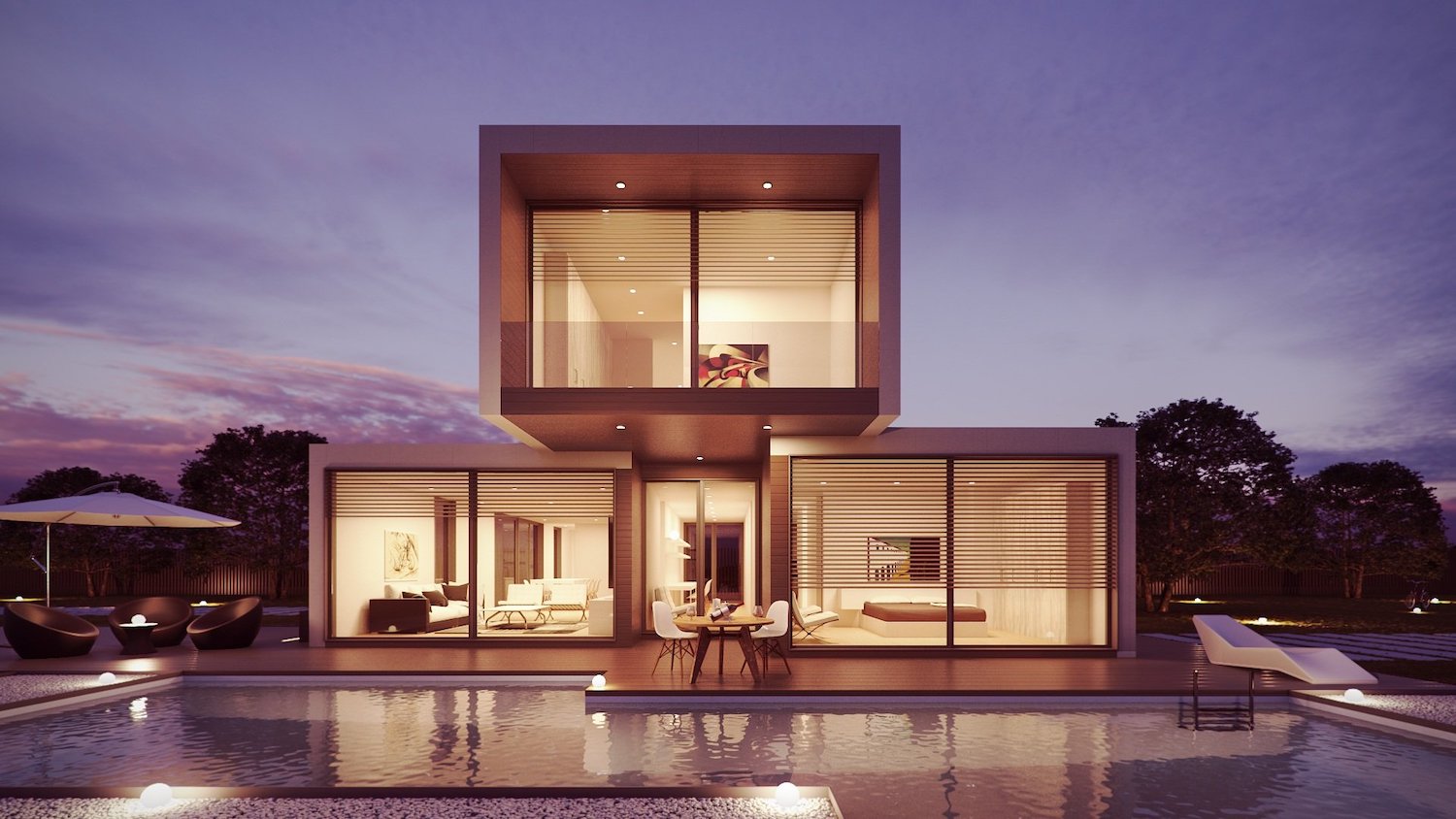
One of the most common and important questions homeowners ask when considering a custom home is: What is the cost of building it? The answer isn’t a simple one. In fact, the cost depends on many factors. As you go through the process of designing and building your custom home, you will be faced with many decisions, each affecting the total cost of the build.
The different factors can be broken down into four main categories: site, scope/size, structure complexity, and specifications.
When building your custom home, you must first purchase the land on which you plan to build. Each building site is unique, so consider its benefits and potential challenges when making this decision.
Consider the site’s topography, geology, soil conditions, and vegetation. Sites with steep slopes often require excavation and fill, which can be quite expensive. Additionally, rock formations below the surface will increase building costs due to the work required to remove or work around them. Expansive soils, or soils that swell and shrink in response to changes in moisture content, also impact the cost, as this swelling and shrinking must be factored into the plans.
It is also important to consider access to utilities, such as plumbing and electricity. It can be expensive to bring in or upgrade water services, sewer, power, and any other utilities you may need. Stormwater drainage and other environmental factors should also be taken into consideration.
In some cases, you may even face design challenges due to the site’s shape, zoning, and building restrictions. This includes any permits you may need to obtain to begin construction.
The size of your custom home has a direct impact on the overall cost, which is often measured by the price per square foot.
The costs per square foot vary depending on the location where you are building your new home. Do some research into the price range in that location. You can also ask the contractor or design company when you begin the design and build process.
When it comes to the scope, the larger the house, the higher the cost of the entire project. Increasing the size of your project doesn’t necessarily increase the cost per square foot, though. Rather, the cost is reflected in the overall, final cost of the entire project. For example, if you are building a 4000 sq. ft. home and the cost per square foot is $350, your cost would be $1.4 million. Each additional square foot will add $350 to the overall cost.
Be sure to factor in the cost of landscaping as well. While not usually included in the process of designing a custom home, it should still be factored into your budget. If you choose to install a pool or have landscapers build the backyard of your dreams, you need to balance those costs with the project costs of building your custom home.
Size isn’t the only factor you should consider, though it does make up a large portion of the total project cost. A smaller home, built with high-end or luxury items throughout, may end up costing more than a larger house built with only the basics installed.
Put simply, this factor deals with the design of the house. This can include the number of rooms, the number of levels, and even the height of the walls. A simple, two-story craftsman-style home costs significantly less than one that is elaborate and made to mimic the old-world, European style.
This is partly a function of the house’s shape and the amount of roof, foundation, and wall area required for the home. For example, a home with long, rectangular plans means more walls, and so the price increases. Having rooms with high-vaulted ceilings also increases the price since the height of the walls needed to create that large space must be made to address safety concerns and can be difficult to install.

The specifications category can be further broken down into three main categories: structural, finishes, and systems. Large swings in price can occur, which makes it especially useful to have a design-build workflow that involves both the builder and the designer at all stages of the process. Having a team of both professionals will give you a better understanding of the overall costs in these and the previous categories. It will also show how design decisions directly impact your budget.
Structural: Structural considerations involve the quantity, quality, and size of the materials specified by the engineer to build the shell of the home. Larger or custom structural materials tend to be more expensive. Consider an energy-efficient home; the materials needed to build a completely net-zero home cost much more than standard building materials.
Part of the structural cost lies in the foundation. A foundation is the important first step to any home build, so its size and the amount of cement needed to make a strong foundation impact the cost. This price increases further if you want a cellar or finished basement and opt for higher-end materials. Any need to level, excavate, or otherwise prep the site before pouring the foundation also raises prices.
Framing also falls into this category. The scope of the project affects the price, too, as well as the design, since the cost of lumber to build a house tends to fluctuate somewhat. To use an earlier example, higher walls, vaulted ceilings, and the roof structure affect the framing and, therefore, the cost.
Finishes: Following the structural considerations come the finishes. These are any items that are visible and eye-catching within the custom home. This includes everything from exterior finishes, siding, windows, doors, and roof tiles. There are so many items in this subcategory that it can be easy to lose sight of the total cost. Even the smallest increase in the cost of each item can result in a larger impact on the budget. For this reason, there’s a large range of prices and overall costs related to the finishes category.
Consider the types of windows and doors you wish to install. Generally, the more features or design elements included, the higher the cost. Energy-efficient windows and doors tend to cost more but may save you more money in the long run.
Not to be overlooked in exterior finishes is the option to cover exterior walls in stone or brick to add more of a custom feel to the home. If you choose these options over simply using stucco, know that the price may increase significantly depending on how much of the exterior surface area you choose to cover in those finishes.
The interior of the home also features many finishes, including drywall and insulation. Adding trim and moldings to the wall and choosing luxury materials for your countertops, flooring, and backsplashes will all increase the cost. Even your choice of light fixtures and appliances affects the cost.
Systems: Systems refer to the utility systems your home needs to function properly. These include HVAC (heating, ventilation, and air conditioning), plumbing, electrical, and bonus features such as thermal wall or floor systems and home automation technology. The cost is split between labor, materials, and the amount of time needed to install all the necessary components.
In the case of systems, the process is usually done by subcontractors. Prices vary between contractors, so consider interviewing a list of subcontractors before choosing one to install the new system in your home. Under a design-build construction company, typically, the company already has its own subcontractors that it works with, saving you the hassle of finding the right one for the job.
Additional Price Factors: The above list of factors is not exhaustive. When building a custom home, there are so many decisions to be made that it can be overwhelming. Having an experienced and professional design and build team can help ease the stress of making those decisions, especially if any last-minute design changes need to be made.
Factored under this category are overall labor costs and cleanup costs once the house has been completed. Labor costs should be included at each step of the process during the build, as they often vary. The cleanup cost refers to the final touches and clearing out of building debris and materials, allowing you to finally enjoy your new home.
The four main factors are site, scope/size, structure complexity, and specifications.
The cost is influenced by the topography, geology, soil conditions, vegetation, utility access, stormwater drainage, and potential design challenges due to the shape, zoning, and building restrictions of the site.
The cost is often measured as price per square foot, which varies based on the area and the specific design and build elements chosen.
Structure complexity refers to the design of the house, encompassing the number of rooms, levels, wall height, shape, roof area, foundation, and wall area required.
Specifications are divided into structural, finishes, and systems. They involve material choices, finishes like windows, doors, and interior elements, and utility systems such as HVAC, plumbing, and electrical. Each decision within these categories directly impacts the budget.
The cost of building a completely custom home varies widely based on several factors. This is why it helps to have a set budget in mind and be upfront about what you are willing to pay when you begin the entire process. By involving the architect, designer, and builder, you can save yourself the hassle of having to communicate between separate teams and sourcing both materials and labor.
At Kaminskiy Design and Remodeling, we offer in-house design services and contractors, saving you the problem of communication between the designer and the builder. Our experienced team works with you to develop a design that fits your style, needs, and budget and can even help you pick the best elements of the design that meet your budget. If you’re looking to build a custom home, contact us for a complimentary design consultation today.

Kimberly Villa is a recognized expert in the Home Design and Remodeling industry. Her passion for the industry is matched only by her love for sharing insights, new trends, and design ideas. Kimberly’s expertise and enthusiasm shine through in her contributions to the Kaminskiy Design and Remodeling website blog, where she regularly shares valuable information with readers.